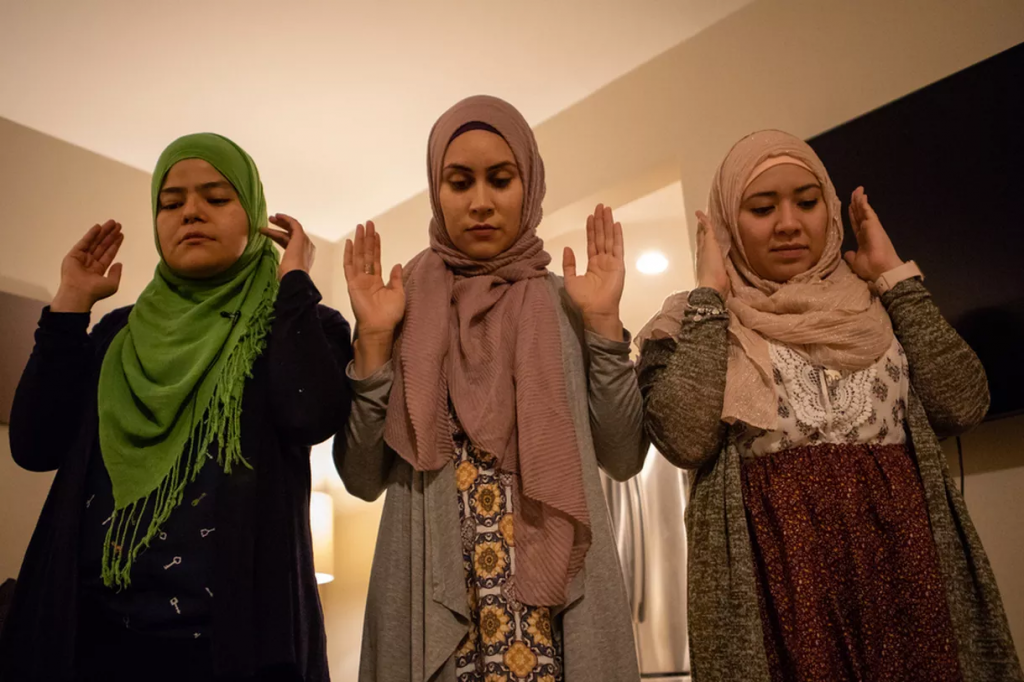Over the past years, the number of Latino Muslims has grown significantly in the US.
According to the Pew Research Center, the number of Muslims living in the US increased from 2.5 million to 3.5 million from 2007 to 2017. Roughly a quarter-million of them are Latinos.
As a hijabi, Yasemin Kanar, a social media influencer, is one of these visible Latino Muslims in Miami.
She began her experience as a visible Muslim woman at Vicky bakery in Miami Gardens during high school. She entered into her workplace in a full hijab, which stunned many of her co-workers.
“It took a while for people to get used to that, but everyone was really nice to me,” Kanar told Newsweek.
“Once we started talking to each other in Spanish, we were on the same page.”
Kanar is now 30-years-old, married, and a mother of two children. She is an influencer with a popular YouTube channel to share how she styled her hijab with close friends and family.
But eventually, she began receiving messages from Cuban girls with questions about Islam.
“When (Cubans) first see me, they never think that I’m Cuban or that I can speak Spanish and so they look at me like an outsider,” she says.
“When they find out that I can speak Spanish, it’s like they can relate to me on a new level and my hijab doesn’t matter anymore. I’m one of them.”
Fastest Growing Religion among Latinos
In 2009, only 1 percent of Muslims identified as Hispanic, according to ISPU. By 2018, it was 7 percent, according to ISPU annual report, “American Muslim Poll: Predicting and Preventing Islamophobia.”
There are 250,000 Latino Muslims in the United States, according to Islam in Spanish.
“That’s a 700 percent growth in less than 10 years, and no other group has grown at this rate,” Dalia Mogahed, the institute’s director of research, wrote in an email about the research.
As a result of this surge, masjids are beginning to add Qur’ans with Spanish translation to their book shelves. Community leaders are also engaging community members in bilingual programs.
“Language goes back many years, and you will see many similarities between Spanish and Arabic,” Wilfredo Ruiz, the communications director for the Florida chapter of the Council on American-Islamic Relations and a Latino Muslim convert himself says.
“Perhaps that’s another reason why many Latinos feel the connection to Arabic and Islam.”
